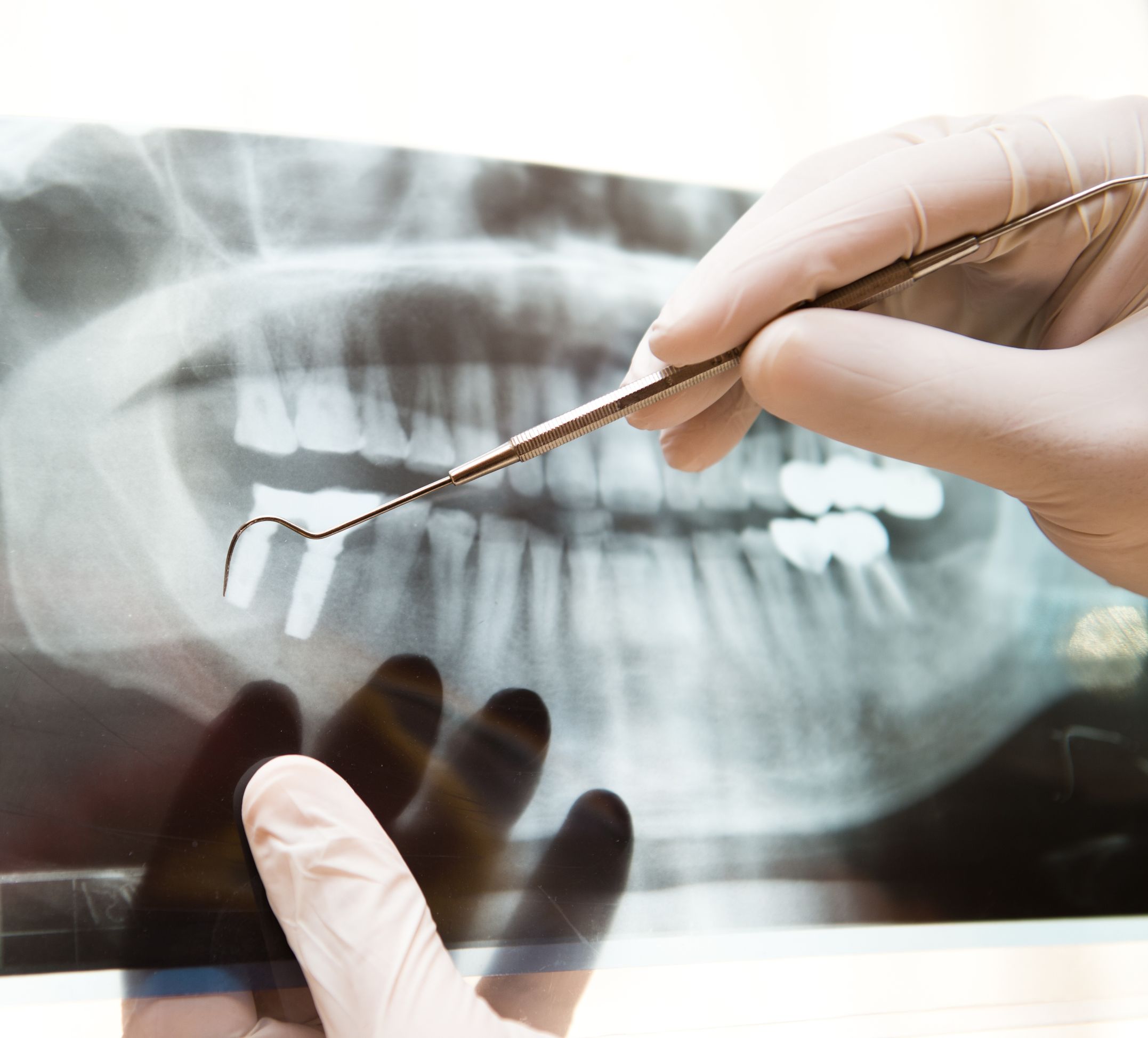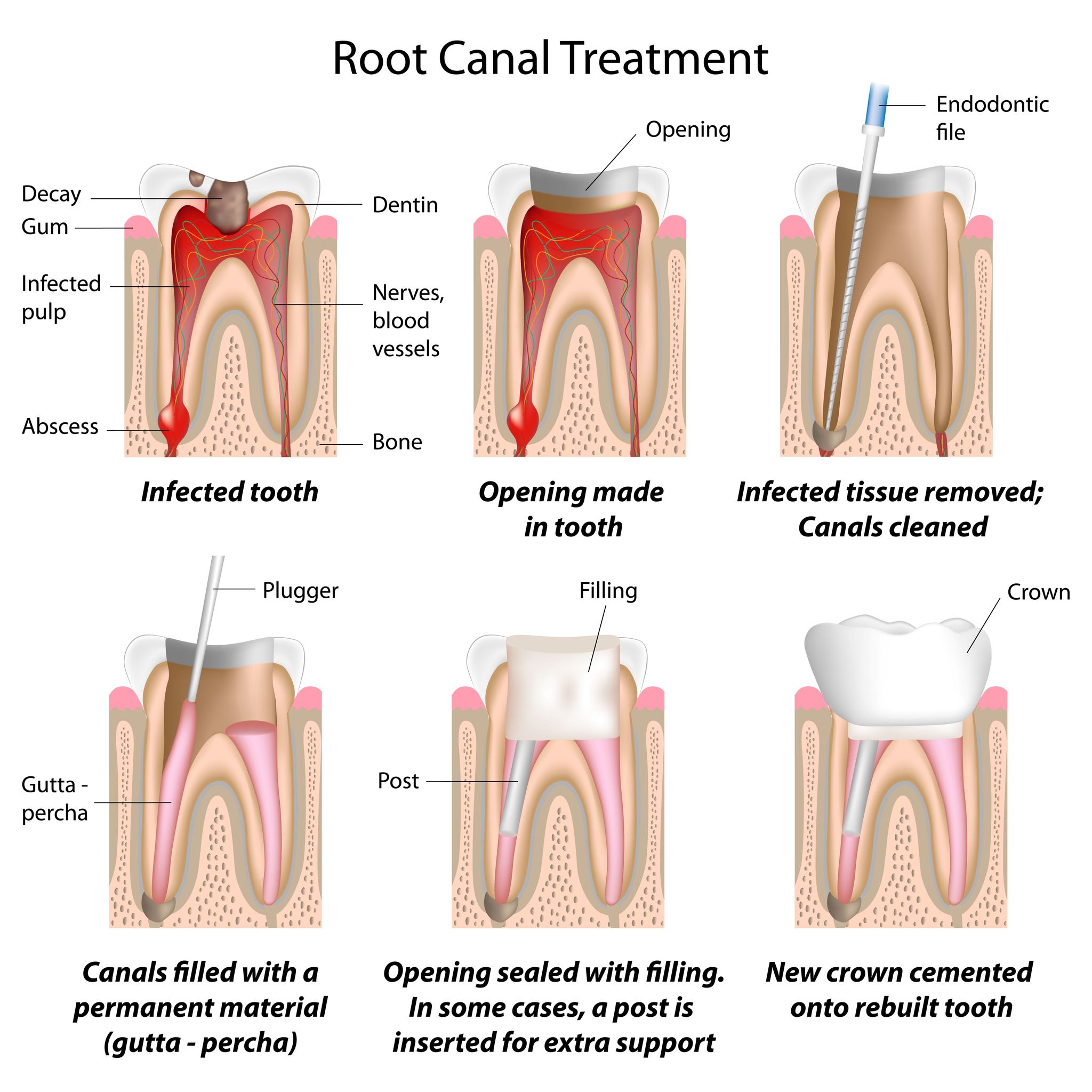
Two words: root canal. These words often come with a chill, followed by jaw clenching, and phantom tooth pain. While the procedure has gained a bad rap among the general population, root canal treatments have significantly improved through the years with advancement in technology. In an attempt to bring awareness to Root Canal Week, March 27 - April 2, we hope to answer your endless endodontic questions on root canals.
When is a root canal needed?
If your Ooltewah dentist or endodontic specialist recommends root canal treatment, you may have inflammation, infection, or an abscess, resulting from deep decay, a cracked or chipped tooth, or injury. Root canal treatments are needed to save a tooth after the soft tissue inside the root canal, known as the pulp, becomes inflamed or infected.
What are the symptoms for necessary endodontic treatment?
Symptoms include: tooth pain, extreme sensitivity to touch, chewing, and temperatures (hot or cold), tooth discoloration, inflammation and swelling, and excessive drainage of lymph nodes. In some cases, the listed effects may or may not be visible; sometimes, there are no symptoms at all. Consult your Ooltewah dentist for further examination if you are experiencing one or more of these symptoms.
What steps are involved in the procedure?
Step 1.Following an examination and x-rays, a local anesthetic will be administered to numb the inflamed or infected tooth. Next, a small “dental dam” is placed over the tooth area to keep it clean during the procedure.
Step 2. A small opening is made in the crown of the tooth. Using minimally invasive instruments, the pulp from the chamber is cleaned which makes room in the canal for filling.
Step 3. Once cleaned, the root canal is then filled with a rubbery, thermoplastic material called gutta-percha, which is placed with an adhesive cement to ensure a proper seal of the root canals. A temporary filling is often placed to close the opening, and later removed by your dentist.
Step 4. On your final visit, a crown is placed on top of the tooth, which is used to restore to original function.
Ask your Ooltewah dentist at Tedford Family Dentistry for more details about the specific restoration process, and how root canal treatments can keep your smile beautiful and bright!

